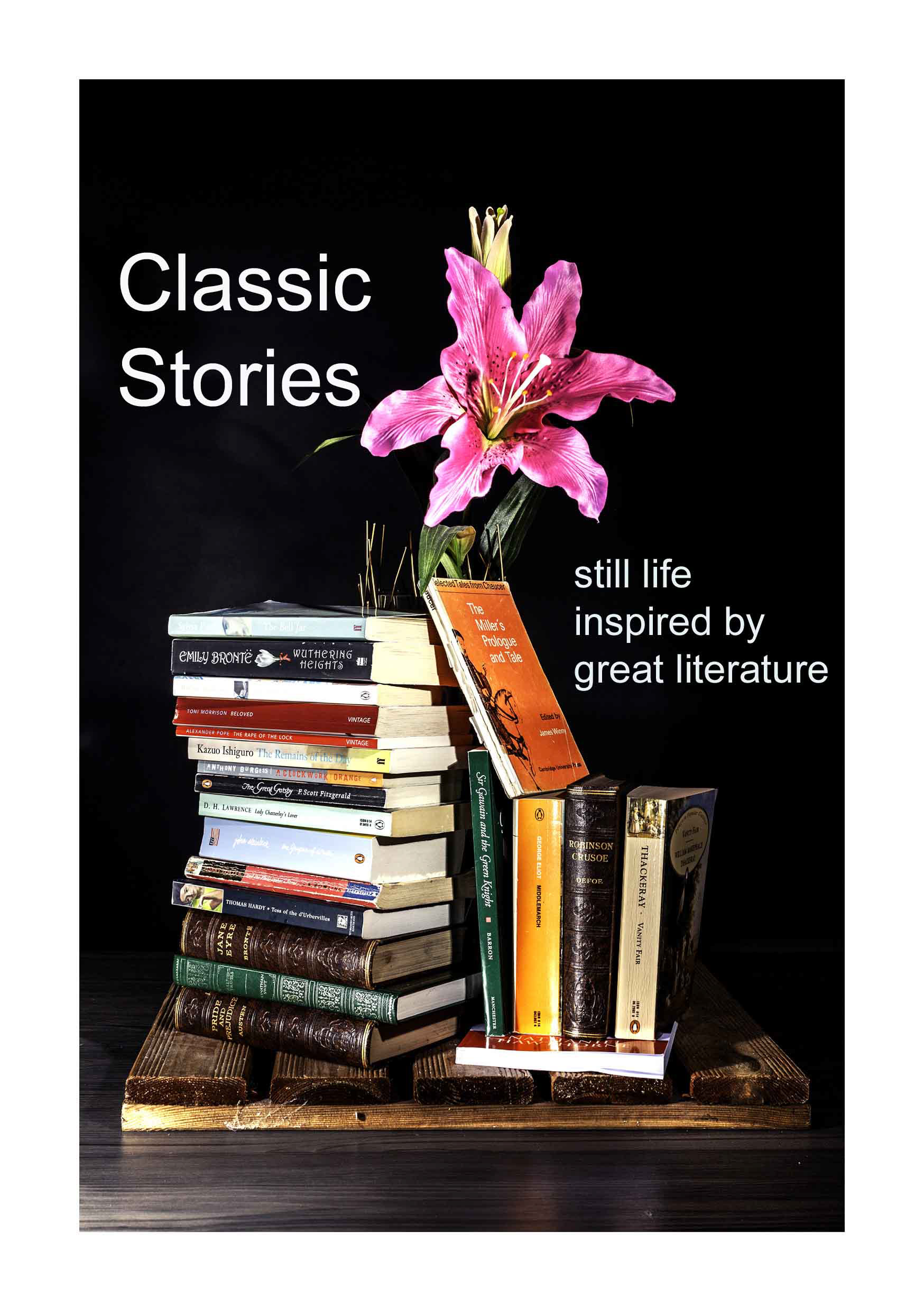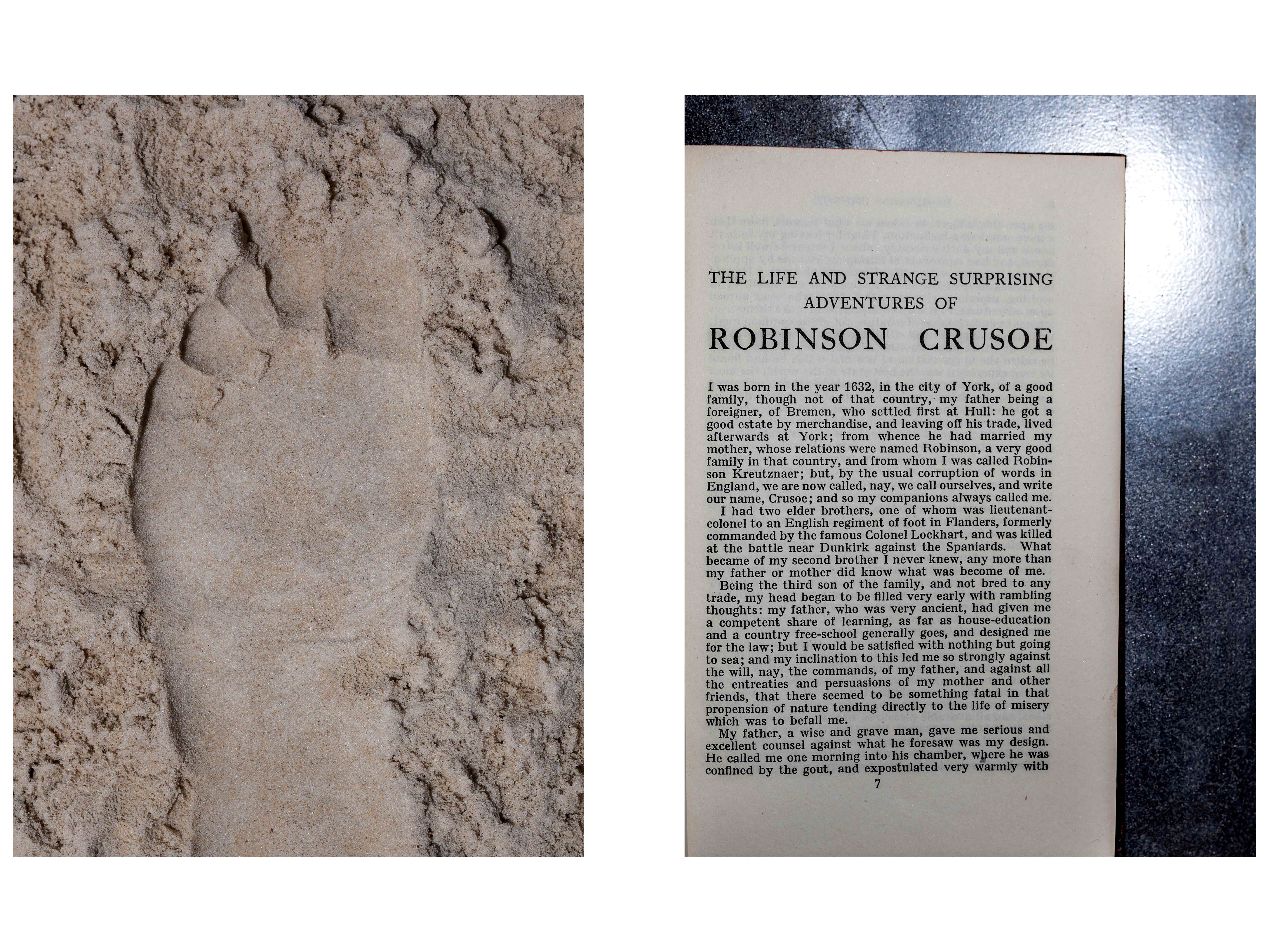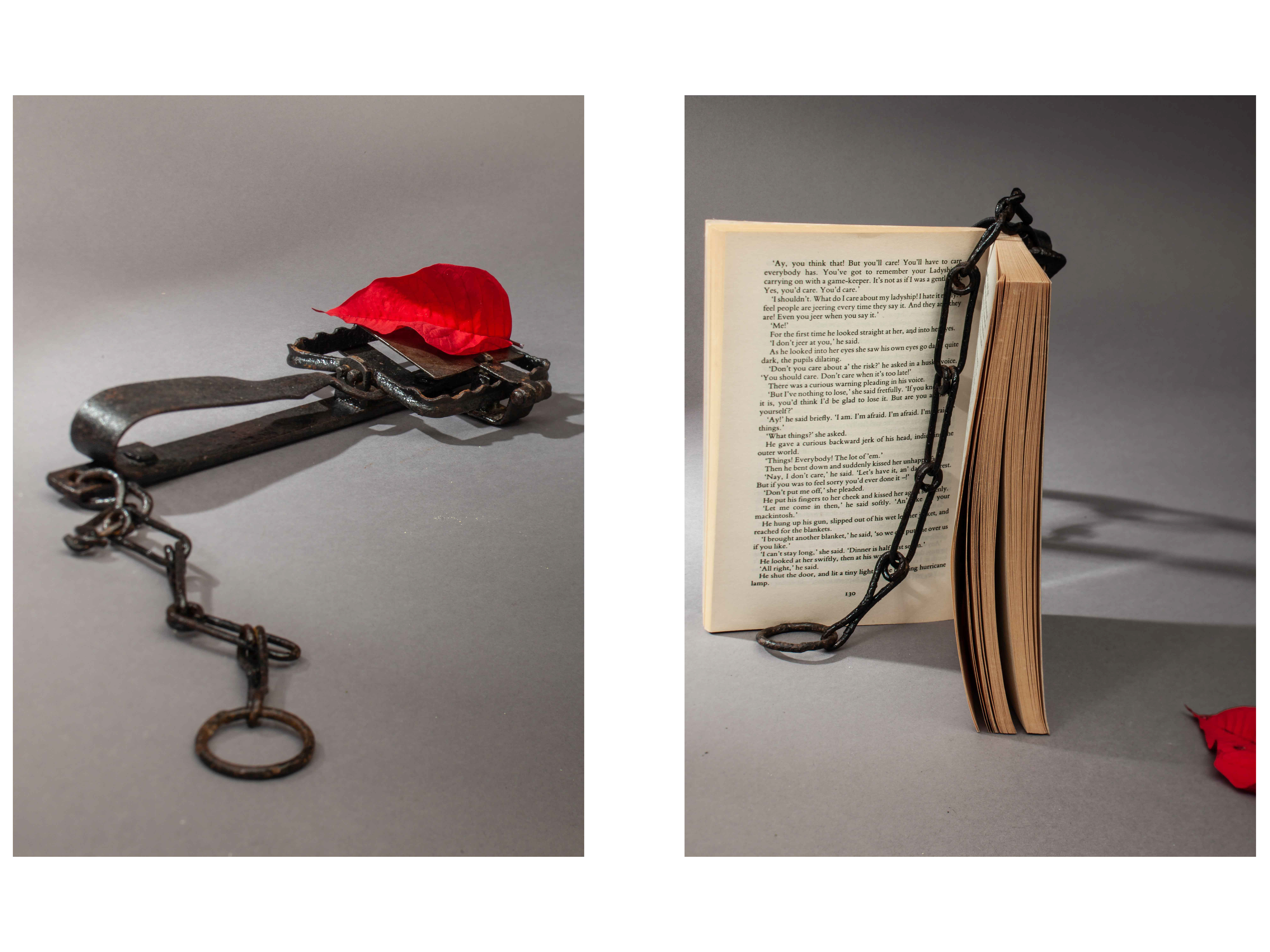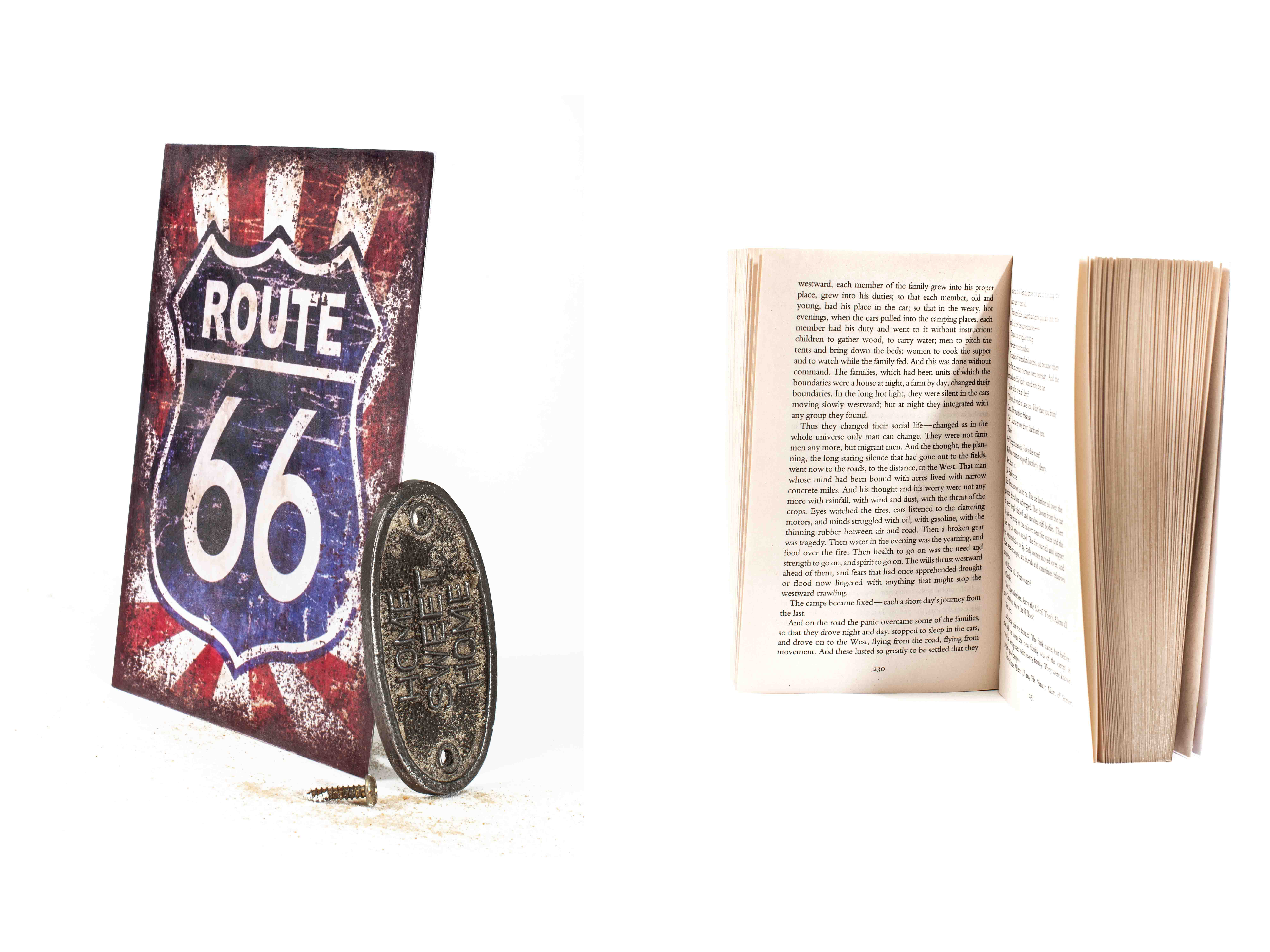The Rape of The Lock, by Alexander Pope - exquisite, elegant poetry in England's gilded age
This Nymph, to the destruction of mankind,
Nourish'd two Locks, which graceful hung behind
In equal curls, and well conspir'd to deck
With shining ringlets the smooth iv'ry neck.
Love in these labyrinths his slaves detains,
And mighty hearts are held in slender chains.
With hairy springes we the birds betray,
Slight lines of hair surprise the finny prey,
Fair tresses man's imperial race ensnare,
And beauty draws us with a single hair.
Nourish'd two Locks, which graceful hung behind
In equal curls, and well conspir'd to deck
With shining ringlets the smooth iv'ry neck.
Love in these labyrinths his slaves detains,
And mighty hearts are held in slender chains.
With hairy springes we the birds betray,
Slight lines of hair surprise the finny prey,
Fair tresses man's imperial race ensnare,
And beauty draws us with a single hair.
From The Rape of the Lock (Canto II)
The Rape of the Lock is a mock epic – it uses the grand language of huge epic stories to describe an incident that many would regard as quite trivial. Pope inflates a simple story when a noble lord sneakily uses a pair of scissors to snip off a lock of hair from a lady’s head.
The lock of hair is the key image. In this extract Pope uses several words to describe hair – ‘locks’, ‘curls’, ‘ringlets’, ‘tresses’, ‘hair’ – mostly words associated with beauty and youthfulness.
By contrast, he juxtaposes images of power, imprisonment, war, conflict and battles: ‘destruction’, ‘conspired’, ‘labyrinthine’, ‘slave’, ‘detains’, ‘chains’, ‘betray’, ‘prey’, ‘ensnare’.
His combination of the two realms of imagery – delicate beauty and brutal battles, helps the reader to appreciate that Pope is mocking the shallow, complacent self-importance of genteel 18th century upper-class English society.
It’s worth noting Pope’s skill with rhythm and flow. The meaning of most lines is complete at the point of rhyme. There is a distinct sense at the end of each line – except in two cases.
“well conspir'd to deck/ With shining ringlets ..”
and
“which graceful hung behind/ In equal curls”
English teachers will point out to their pupils that this technique is called ‘enjambement’. Pope’s skill with line endings, overflows and mid-line pauses draws attention to certain words and creates key moments in the poem.
Read the passage in your head, and it is clear that the mid-line pauses emphasise three images in particular: ‘locks’, ‘curls’ and ‘Nymph.'
Pope's skill as a storyteller rests in his ability to make us smile while we follow the events. His skill as a poet lies in his ability to make the ornate seem natural. Each line is perfectly decorated, like the sumptuously beautiful furniture and aristocratic clothing of the Augustan age of which he is a key cultural figure.
If he were a cricketer, we would watch Pope effortlessly stroking the ball through the covers for a boundary. He would make it seem so easy. But if we were to have a go at imitating his style, we would be clean bowled.













